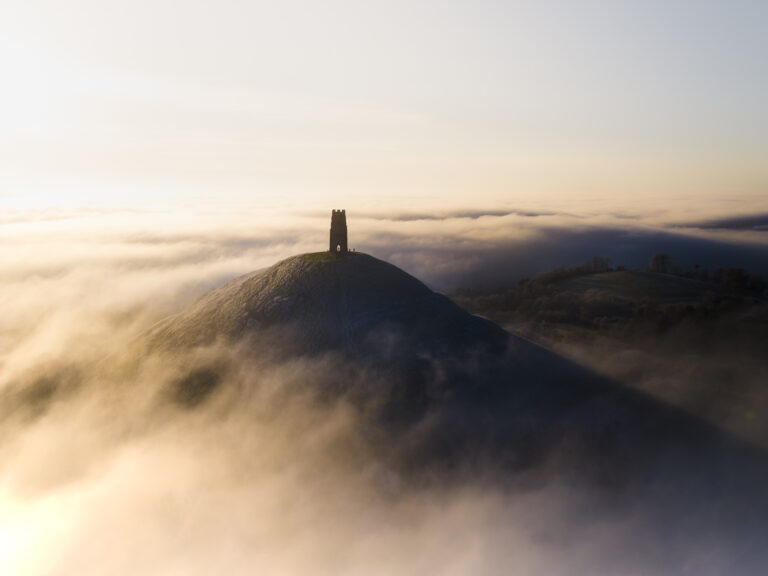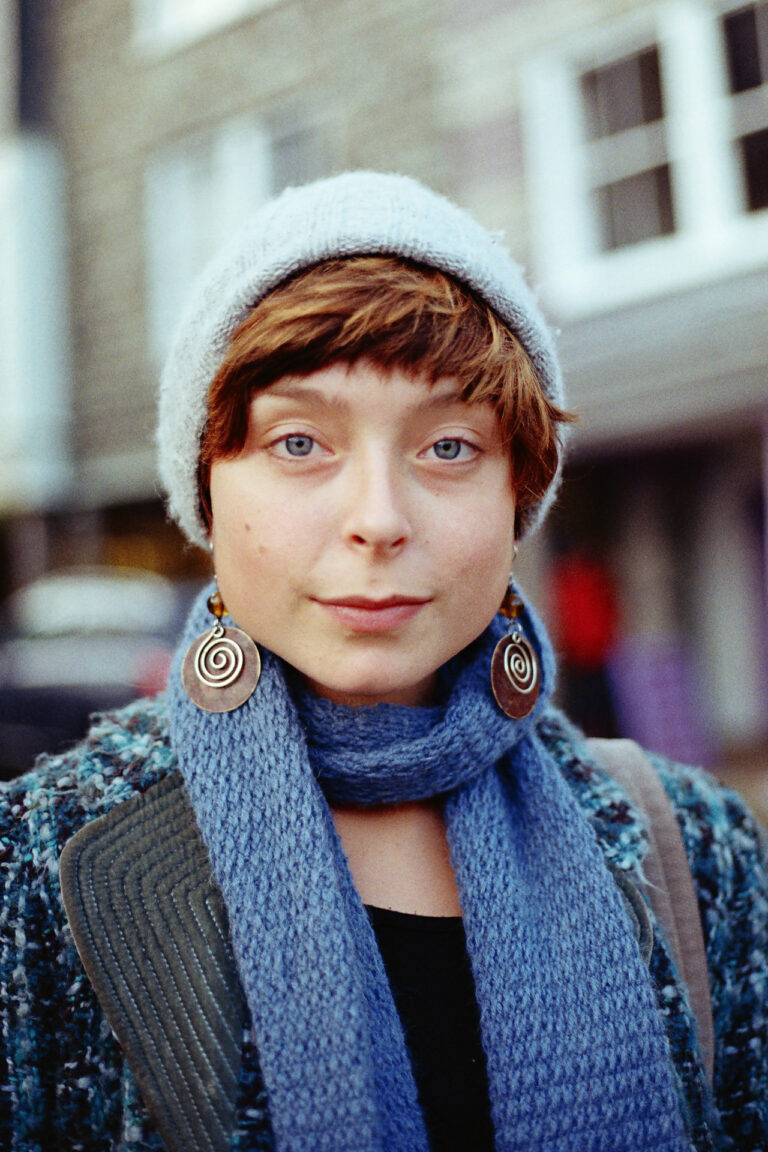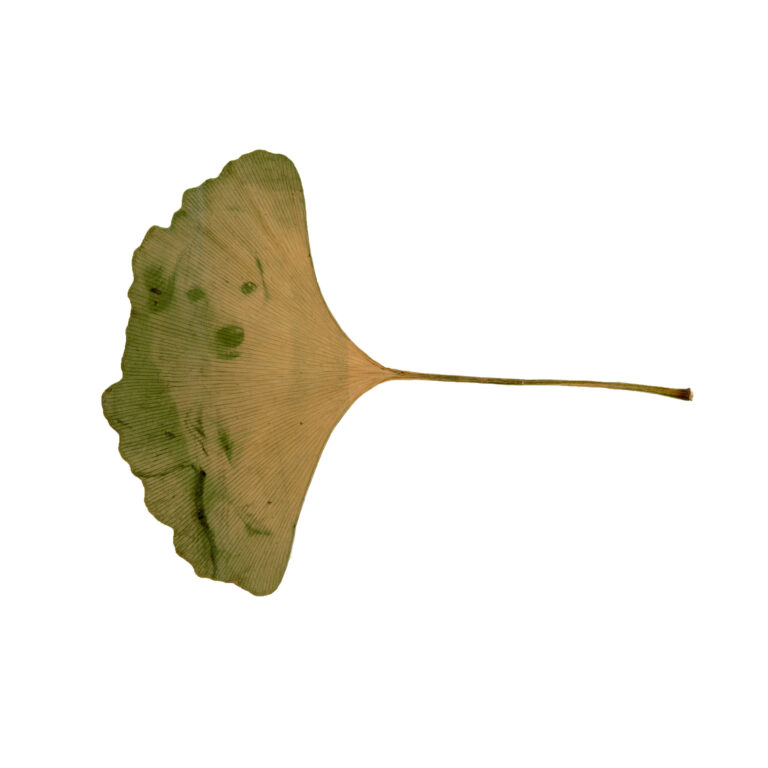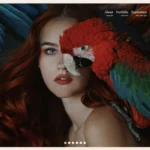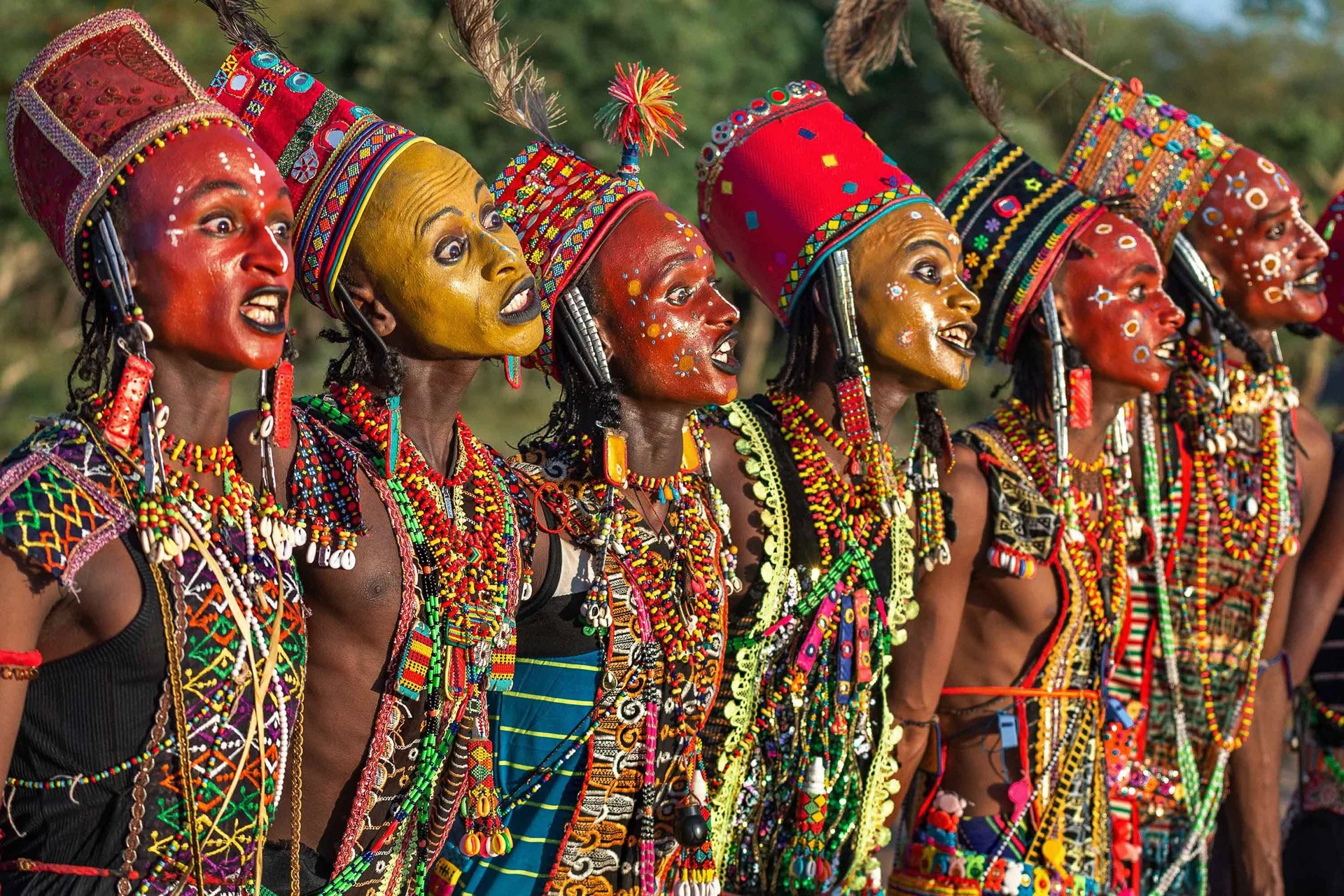
All images by Roberto Pazzi. Used with permission.
The best part of consuming travel photography is that it introduces you to worlds you didn’t know existed. It teaches you about different cultures and different attitudes. Simply put, travel photography is an education in life. That’s exactly what you’re going to get during this interview with Roberto Pazzi.

I love the internet. It’s not lost on me that I can be sat in my office in Colombia and be invited into a world on the other side of earth. We must be grateful for photographers like Pazzi who put in the time and effort to document our beautiful land, while also making sacrifices along the way.
Pazzi is an excellent storyteller. Each of his frames keep you wanting more. His people skills are also exceptional. It’s clear by his images that he puts subjects at ease and knows how to become an honorary member of the communities he photographs.
If you want to become a travel photographer, and are eager to learn about the realities of working in the field, then this interview is for you.
In this discussion, Pazzi and I focus on his work from Chad, Africa. He sheds light on tribal traditions, as well as some best practices needed to stay safe as a travel photographer.
Meet Roberto Pazzi
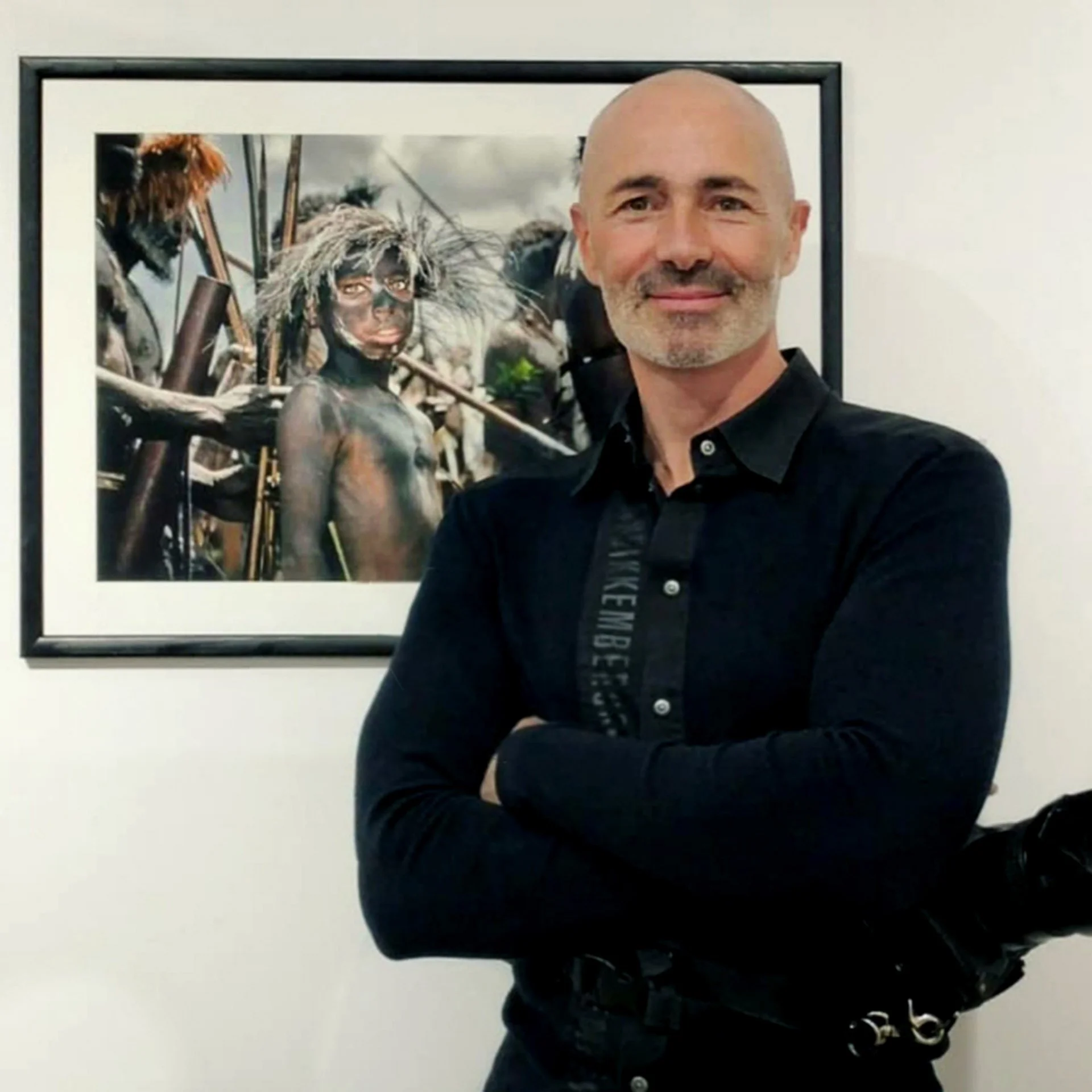
Roberto Pazzi is an Italian-born travel photographer. He likes to photograph remote cultures and build a connection with their communities. You can see his work in the likes of National Geographic, The Times and The Guardian to name a few.
Them Frames: Hey Roberto! You’re currently traveling. Where is the world taking you and what are you working on?
Roberto Pazzi: Hi and thanks for having me here. I’m just back from the Czech Republic for a personal project. In a few days I will leave again to Bhutan and Papua New Guinea, this time leading other photographers in two different photographic expeditions.
Them Frames: Photographers dream of being a travel photographer like yourself. But, what are some of the difficulties of constantly being on the move?
Roberto Pazzi: Every coin has two sides. To chase my dream of becoming a travel photographer, I completely changed my life years ago. After a degree in engineering and 15 years of working in ICT companies, I sacrificed a life of economic security, a managerial job and a well recognized social role to restart my life from scratch.
My aim was to recreate a life where travel and photography were the focal point. There are and have been many sacrifices, including abandoning my country of birth.
Moreover, the frequent absence from home does not allow for making plans that require a constant presence and personal relationships are certainly also affected. Fortunately, the people around me know and understand my need to travel and my passion for photography.
About the difficulties I encounter along my travels, I interpret them more as challenges. From my point of view they are an integral and essential part of the journey.
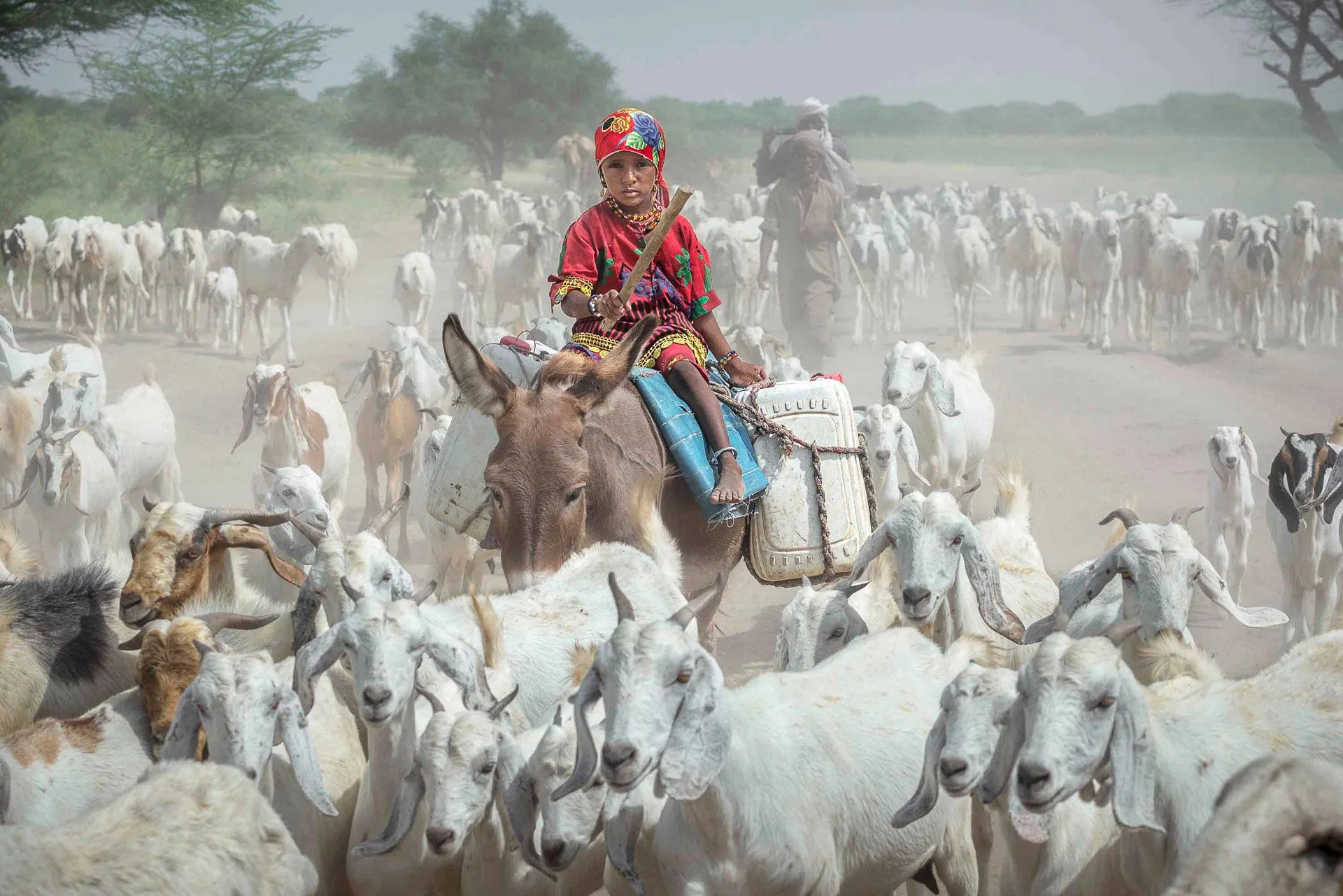
Them Frames: Let’s talk about your time in Chad. Please, can you tell us about the community you were with and why you chose to photograph them?
Roberto Pazzi: I spent a few weeks around Chad mainly with the communities of Arab semi nomadic and Wodaabe people.
The Arab community has been in Chadian territory for hundreds of years, mostly in south central Chad. Despite their widespread diffusion, these Arabs represent a single ethnic group composed of a multitude of tribes.
The Arabs of Chad are semi sedentary (or semi nomadic) people who herd their camels, horses, cattle, goats, and sheep on the plains in the Chad lake area. In the region around N’Djamena some Arabs have adopted a more settled existence.

In the rainy season, Arab groups spread out through the region; in the dry season, they live a more settled existence, usually on the dormant agricultural lands of their sedentary neighbors.
But my main goal was to document the Wodaabe people and in particular their Gerewol festival. The Wodaabe tribe are nomadic pastoralists of the Sahel region in Africa.
Their migratory journeys cover the expanse of northern Africa, where they travel with their cattle and families across the arid areas of Niger, Nigeria, Cameroon, Chad and the Central African Republic.
They’re a small, isolated branch of the Fulani ethnic group and are considered by neighboring tribes as wild, uncivilized people, labeled as Mbororo, or ‘cattle Fulani’ – those who dwell in cattle camps. They speak Fula, but do not read or write the language.

The Wodaabe place great emphasis on beauty and charm as this plays a vital role in their culture. When it comes to establishing relationships, the responsibility falls to the man who is required to attract the attention of a woman during an annual festival known as Gerewol.
At this festival, there were two groups of Wodaabe: the Sudosukai and Japta. They both use scarification on their faces and bodies, using razor blades and ash, which is then rubbed into the open wound. The result is a keloidal black tattoo.
This scarification starts when they are young children, and tattoos are added with time. The Japto are more heavily scarred than the Sudosukai. There are perhaps some physiological differences too, with the Sudosukai being finer – many have model-like features, and all are very slim.
Men may have a few wives, with the second or third wife regarded in good stead by the first wife. Children are seen as a sign of machismo, wealth and labor, and having many children helps to offset the high infant and child mortality rate.

Cattle also indicate wealth; they very rarely eat them. Instead, they are predominantly vegetarian and consume millet, milk and occasionally cassava or manioc. They do, however, trade the cattle for other goods.
Their animal husbandry is superb, and I witnessed boys as young as seven in charge of tending to the herd. The children grow up quickly in such a society. They have no formal education, and their culture is still resilient to an encroaching outside world.
Them Frames: As an “outsider” how do you build rapport with other communities so they can trust you enough to let you photograph them?
Roberto Pazzi: Photography involving human subjects requires the “soft skill” of approaching and interacting with people. The need is to be able to create a bond of trust with one or more subjects keeping the photographic result as natural and effective.

To reach this result, I usually spend as much time as I can with the subject, trying to integrate myself in their community. Due to my natural curiosity, that’s pretty natural behavior for me, as I’m really interested in knowing the cultures and the stories of the people I meet.
According to the different situations, travel conditions and many other factors, I may invest anything from a few hours up to weeks building a relationship with the subjects.
A great advantage of organizing and leading photographic expeditions is the chance to go back to the same destinations more than once.
Them Frames: Some of the members of the community are pulling very intense faces, as they show their teeth. Can you explain what’s going on here?
Roberto Pazzi: That’s at the Gerewol festival. It is an annual courtship ritual competition mainly among the nomad people of Niger and Chad. This is a beauty pageant for the young men, an opportunity to be selected by the girls of the tribe.
Young men dress in elaborate ornamentation and wear traditional face paint. They gather in lines to dance and sing, vying for the attention of marriageable young women.
They adorn themselves using an array of colorful face paints. Their outfits are also vibrantly decorated, embellished with beads, feathers, buttons and baubles in the brightest of colors. Mirrored tunics and hats add to the exuberance and adornment.

In this beauty pageant for the men, the women are usually younger (in some cases they may be as young as 12 or 13). The male beauty ideal of the Wodaabe stresses tallness, white eyes and teeth; the men will often roll their eyes and show their teeth to emphasize these characteristics. The dances are the focal point of the festival.
Here the men line up and put on their best show, while three women – who are specially chosen as judges by the male tribal elders based on their fortitude and patience – pick the most attractive male.
To participate in the Gerewol, the women must have menstruated before the festival. Effectively when choices are made, the women know they are going to have sex with the chosen Wodaabe male, if the male accepts them. This may be a one-night affair or may last for longer, sometimes culminating in marriage.
The Gerewol occurs each year as the traditionally nomadic Wodaabe cattle herders gather at the southern edge of the Sahara, before dispersing south on their dry season pastures.
Them Frames: You’re obviously in remote locations with your camera gear. What steps do you take to ensure you’re as safe as possible?
Roberto Pazzi: As a travel photographer passionate about the cultures and traditions of minor ethnic groups, I often find myself traveling in areas that are socially disadvantaged, unstable politically or in terms of health and therefore with greater safety risks.
Of course I keep myself well informed about what is going on in those areas during my stay.
But the real key for safety is preparing in detail for the trip (right local contacts, local information, etc…). It’s important to be able to react in the field, so I can do my best to prevent a security issue. Despite that, I’ve found myself in a dangerous situation on more than one occasion.

Them Frames: Photographing communities is quite an intimate process. Is it difficult to say goodbye when you leave? How do you manage the emotional side of being a travel and documentary photographer?
Roberto Pazzi: The bonds that are created with the communities I meet are real bonds. The short duration of my visits and the cultural differences only make this bond even more intense.
Having the opportunity to return to visit the same communities several times over the years, you have the feeling of being part of the community itself. In addition to sharing travel experiences, you see their children grow, you participate in their celebrations and sometimes you even share their losses.
All of this certainly strengthens the bonds of affection and makes it more difficult to say goodbye to them.
But as with life in general, emotions of any kind are a fundamental and inescapable part of it. Everyone should learn to live fully and/or accept, knowing that for better or for worse they are not lasting forever.
Them Frames: Finally, please finish this sentence: I need photography in my life because…
Roberto Pazzi: it helps me to look at the world like a child and reminds me that the simplest things are also the most important ones.
You can see more work from Roberto Pazzi by visting his website, Instagram and X profile.
Them Frames in an independent photography publication, aiming to offer an ad-free experience to our readers. Your optional donation can help us achieve this.
Want your work featured on Them Frames? Pitch us.


